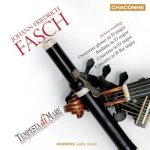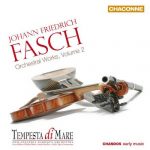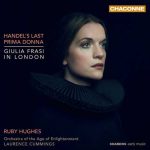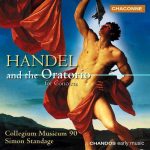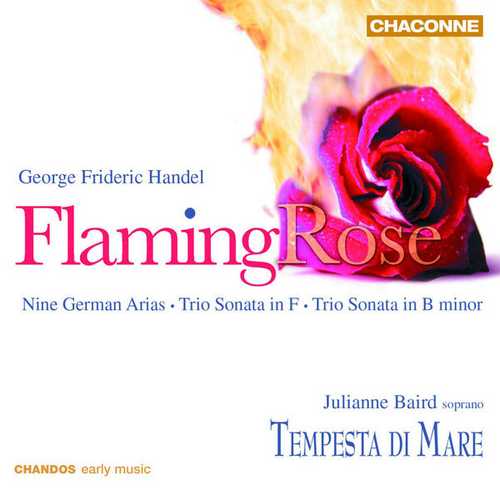
Composer: George Frideric Handel
Performer: Julianne Baird, Tempesta di Mare
Format: FLAC (tracks)
Label: Chandos
Catalogue: CHAN0743
Release: 2007
Size: 305 MB
Recovery: +3%
Scan: yes
01. Das zitternde Glanzen der spielenden Wellen (The Sparkling and Shining of the Waves at Play), HWV 203
02. Kunft’ger Zeiten eitler Kummer (No Vain Concern for Times to Come), HWV 202
03. Meine Seele hört im Sehen, HWV207
Trio Sonata, HWV 389 in F major, Op. 2 No. 4
04. I. Larghetto
05. II. Allegro
06. III. Adagio
07. IV. Allegro
08. V. Allegro
09. Süßer Blumen Ambraflocken, HWV204
10. Die ihr aus dunkeln Gruften (O All who Dig vain Mammon / from dark caverns), HWV 208
11. In den angenehmen Buschen (In These Delightful Groves), HWV 209
Trio Sonata, HWV 386b in B minor, Op. 2 No. 1
12. I. Andante
13. II. Allegro ma non troppo
14. III. Largo
15. IV. Allegro
16. Flammende Rose, Zierde der Erden (Flaming Rose, Earth’s Adornment), HWV 210
17. Singe Seele, Gott zum Preise, HWV206
18. Süße Stille, sanfte Quelle, HWV205
The music on this disc, among the least-known of Handel’s mature productions, shows that the popular perception of him as excelling in big, public works (oratorios, operas, the Water Music) is mistaken; he was equally effective in genres that, because of the course of his musical career, he rarely touched. The program here consists of nine German-language sacred arias for soprano and instrumental ensemble, broken into three groups of three by a pair of trio sonatas. No choir is involved, nor are any Lutheran chorales, but the music has affinities with the arias in Bach’s cantatas: it is contemplative, lyrical-spiritual, and modest in dimension. The texts are by Heinrich Brockes, who wrote a version of the Passion story that Handel had set in 1716; Telemann and many other composers made their own Brockes-Passion settings later, and it was adapted for use in Bach’s St. John Passion.
The arias date from around 1725, by which time Handel was well ensconced in England and composing music primarily in Italian and English; he appears to have written these German pieces because of the success of the earlier setting, which led to a chain of events that, in an age tragically bereft of instant-messenger services, stretched out over 10 years. Several other leading lights of the early music vocal scene, including creamy-voiced young British soprano Carolyn Sampson, have offered strong recordings of these arias, but this American version, featuring soprano Julianne Baird with the Philadelphia-area ensemble Tempesta di Mare, is ideal.
In fact it sets a new standard for historically informed Baroque recordings in the U.S., a country not currently in the forefront of developments in the field. It is respect for the intimate quality of the music that sets this recording apart: Baird has the agility to execute Handel’s ornate vocal lines, which resemble in outline those in some of his Italian opera arias, at a low volume, and the entire group exudes a quiet intensity that’s a perfect match for the nature imagery of the texts: the title Flaming Rose comes from one of the arias, in praise of that flower — “all eyes that see your magnificence, dazzled by your charm, must confess that you were made by the finger of God.” Group co-founder Gwyn Roberts, who has recorded the technically brutal recorder sonatas of Francesco Veracini in the past, is especially noteworthy on recorder and transverse flute, and the sound, recorded in a small college auditorium, effectively conveys the close quarters in which this music would originally have been played; a church recording would tend to lose the directness and inward ecstasy so effectively communicated by Baird and the instrumentalists. All texts and notes are given in English, French, and German. Highly recommended all around as a superb examination of Handel’s quieter side.
